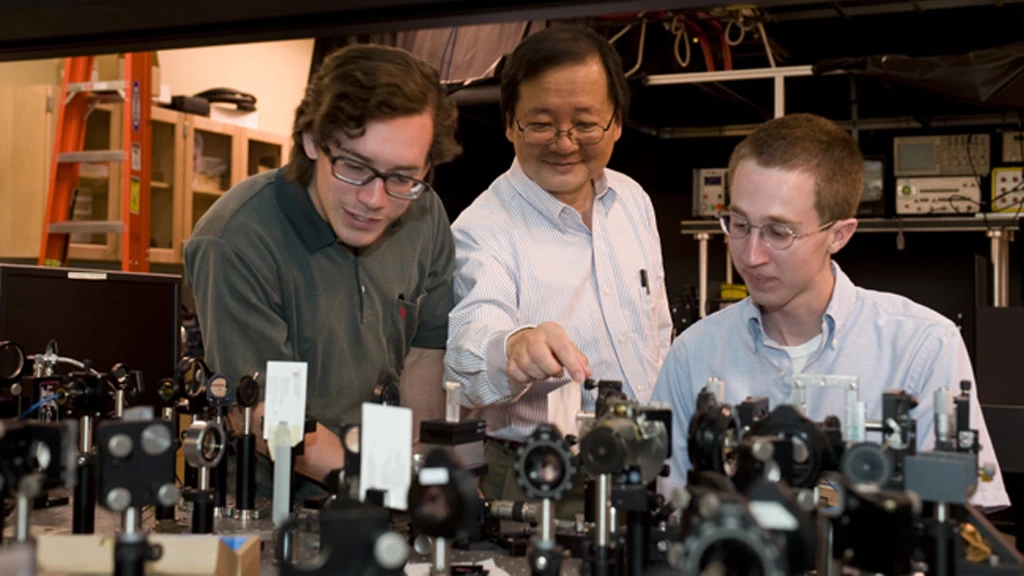Using super-high pressures similar to those found deep in the Earth or on a giant planet, researchers from Washington State University (WSU) have created a compact, never-before-seen material capable of storing vast amounts of energy. Described by one of the researchers as “the most condensed form of energy storage outside of nuclear energy,” the material holds potential for creating a new class of energetic materials or fuels, an energy storage device, super-oxidizing materials for destroying chemical and biological agents, and high temperature superconductors.
The researchers created the material in a diamond anvil cell – a small, two-inch by three-inch-diameter device capable of producing extremely high pressures in a small space. The cell contained xenon difluoride (XeF2), a white crystal used to etch silicon conductors, squeezed between two small diamond anvils.
At normal atmospheric pressure, the material's molecules stay relatively far apart from each other. But as researchers increased the pressure inside the chamber, the material became a two-dimensional graphite-like semiconductor. At around 50 GPa, the XeF2 transforms into a reddish two-dimensional graphite-like hexagonal layered structure of semiconducting XeF4. Above 70 GPa, it further transforms into a black three-dimensional fluorite-like structure of the first observed metallic XeF8 polyhedron.
The researchers eventually increased the pressure to more than a million atmospheres, comparable to what would be found halfway to the center of the earth. WSU chemistry professor, Choong-Shik Yoo, says all this "squeezing" forced the molecules to make tightly bound three-dimensional metallic "network structures." In the process, the huge amount of mechanical energy of compression was stored as chemical energy in the molecules' bonds.
Yoo says the research is basic science, but that it shows it is possible to store mechanical energy into the chemical energy of a material with such strong chemical bonds.
The study detailing the WSU team’s research, “Two- and three-dimensional extended solids and metallization of compressed XeF2, appears in the journal Nature Chemistry.





